
Restoring Lulu Lake State Natural Area’s Cherished Ecosystems
October 28, 2024 | Topics: Issues, Places
by Emma Schatz
Photography by Eddee Daniel
Note: The photographs were taken on multiple visits in different seasons, including during guided tours; one organized by the Natural Resources Foundation of Wisconsin (NRF) and one by Schlitz Audubon Nature Center.
Lulu Lake State Natural Area is home to some of the world’s rarest ecosystems. The southeastern Wisconsin site is part of the globally important Southern Kettles landscape. Funding from the Cherish Wisconsin Outdoors Fund and other NRF grants have protected Lulu Lake for several years.
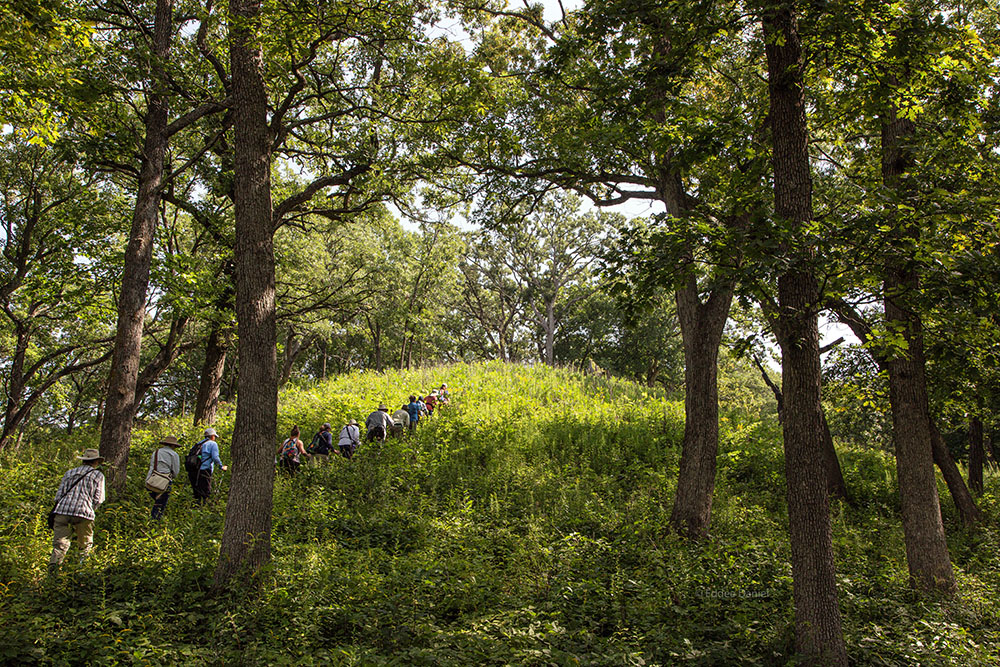
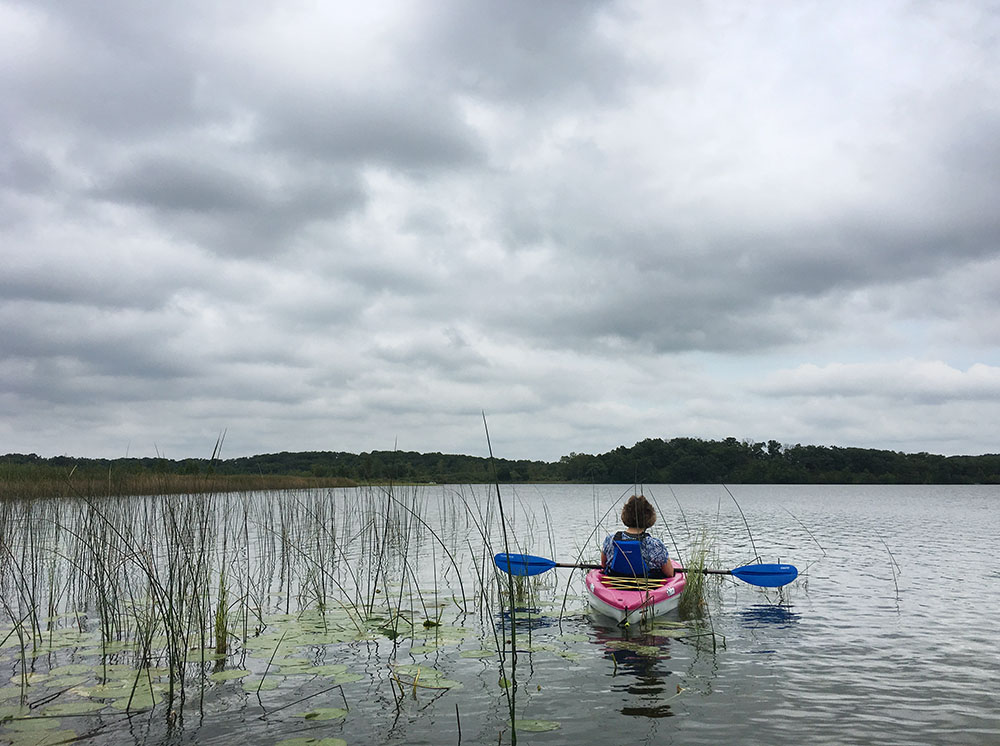
Home to one of the world’s rarest ecosystems
Located just outside of Milwaukee, Lulu Lake State Natural Area (SNA) is a remarkable landscape. The site features a diverse mix of wetlands and uplands shaped by ancient glaciers. The mosaic of bogs, fens, sedge meadows, and prairies found here provide essential habitat for many plant and wildlife species.
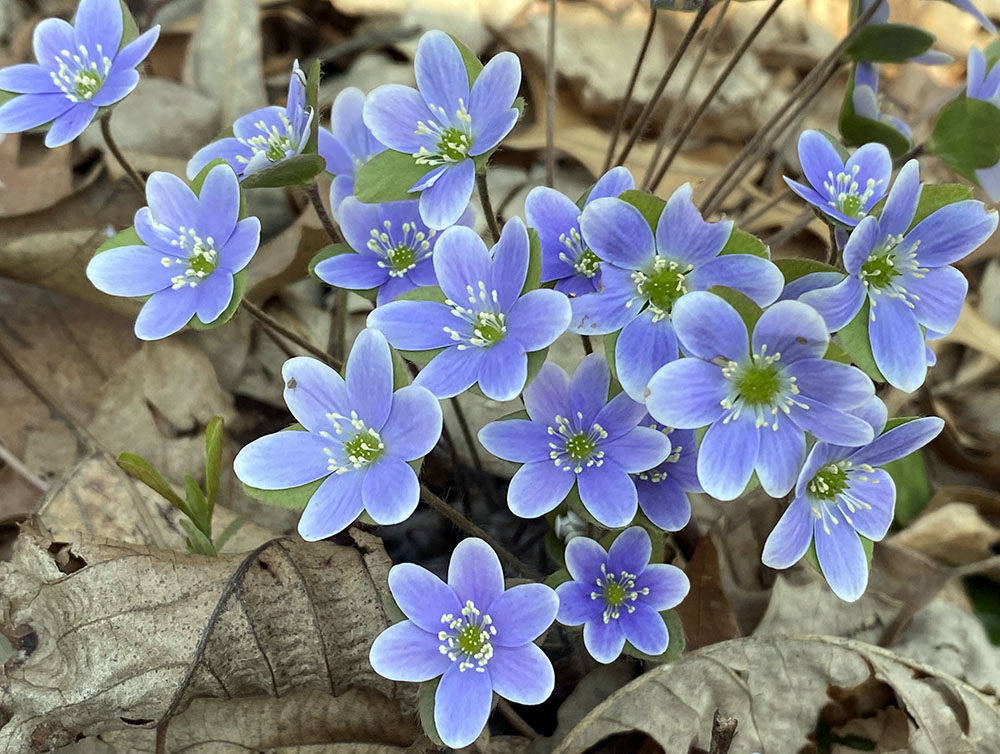
Lulu Lake is widely recognized for its ecological importance. It’s part of the Kettle Moraine State Forest – Southern Unit, a globally important landscape. Also, it has been designated as a Wisconsin Wetland Gem and a Conservation Opportunity Area in the Wisconsin Wildlife Action Plan. Spanning 1800 acres, Lulu Lake is co-owned by the Wisconsin Department of Natural Resources (DNR) and The Nature Conservancy. It has been protected as an SNA since 1977.

Lulu Lake, the area’s namesake, is a serene 95-acre, 40-foot-deep drainage kettle lake—formed by glaciers—that sits quietly as a no-wake zone. The headwaters of the highly diverse Mukwonago River nourish the lake. Its clear waters provide habitat for many rare fish, amphibians, reptiles, and bird species. The lake and its surrounding landscapes are a refuge for natural communities that have nearly vanished from southeastern Wisconsin, including the globally imperiled oak savanna.

Before European colonization, Wisconsin was home to over 5.5 million acres of oak openings—fire-dependent savannas characterized by 10% to 60% canopy cover. Today, only about 500 acres remain, with 50 to 90 of those precious acres found at Lulu Lake. The NRF is proud to partner with other organizations to restore and preserve this historic landscape for generations to come.
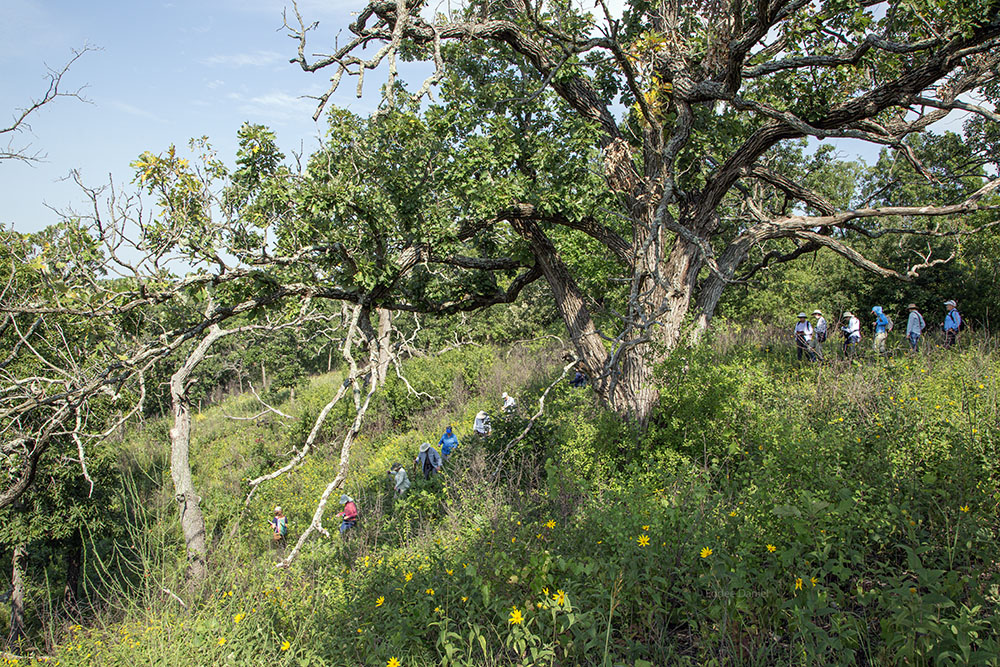
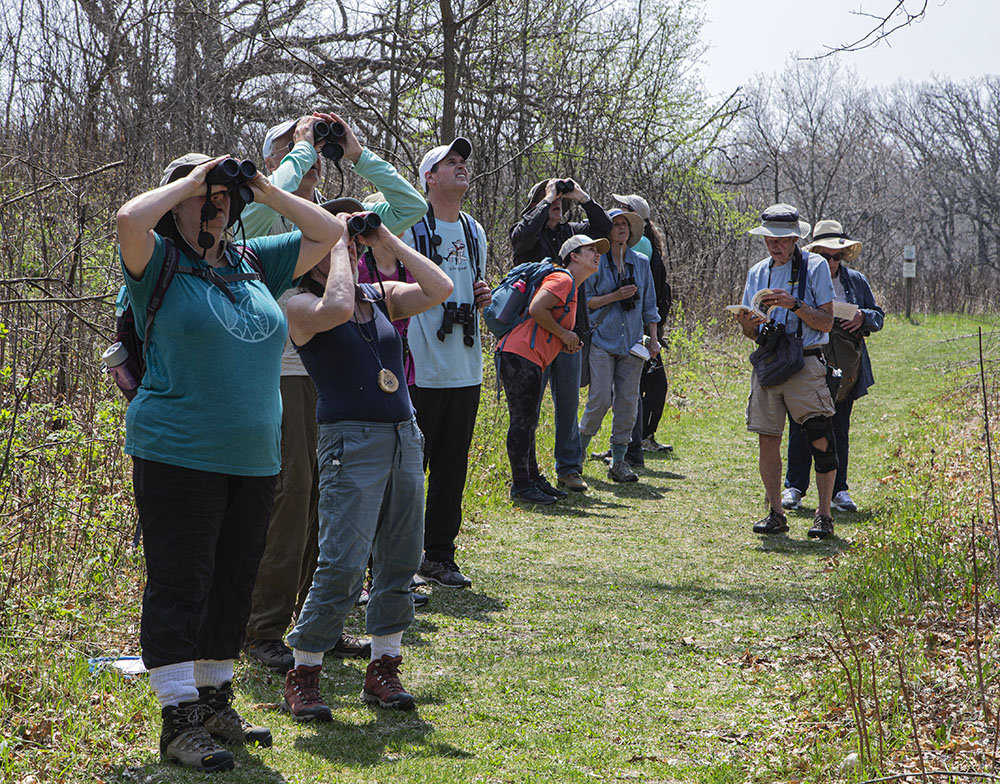
Supporting Lulu Lake through Cherish and beyond
In 2021, NRF’s Cherish Wisconsin Outdoors Fund supported the DNR’s Lulu Lake Savanna Enhancement Project. This project is improving connectivity across more than 200 acres of Lulu Lake by using the following restoration techniques:
– Restoring agricultural fields to prairie
– Diversifying prairies through interseeding (introducing prairie species into existing vegetation to support native plant growth)
– Maintaining fire breaks
– Conducting a 100-acre prescribed burn
– Controlling invasive species like buckthorn, honeysuckle, spotted knapweed, and Japanese hedge parsley
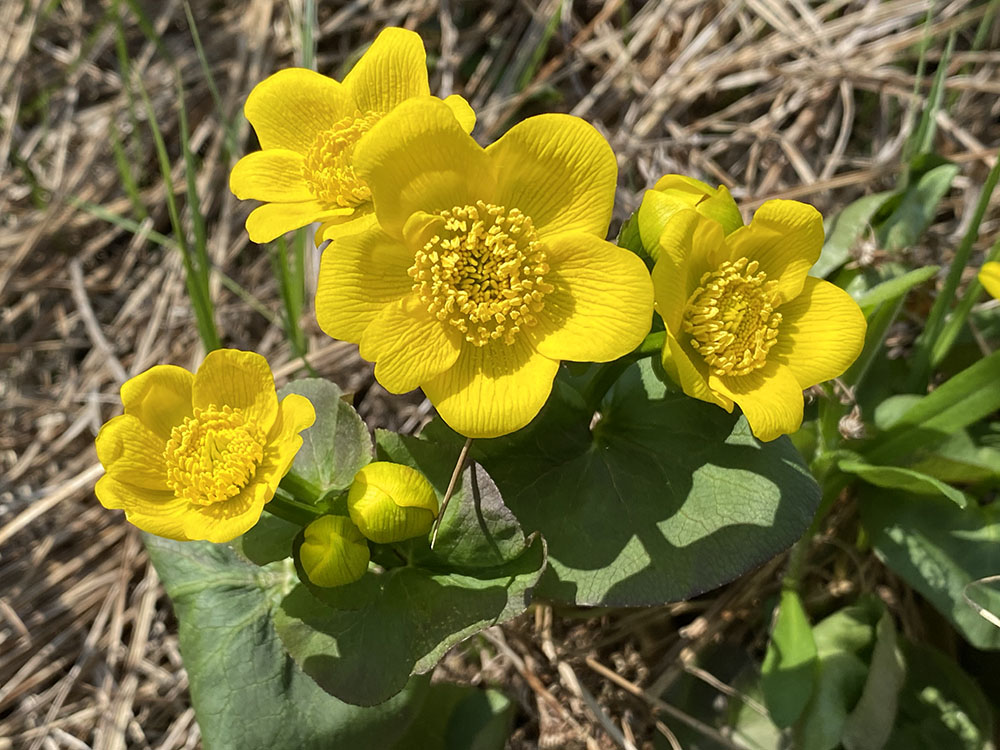
This project’s goals are to connect grassland, prairie, and savanna habitats, enhance habitat for pollinators, birds and other wildlife, and improve access for hunters, fishers, birders, and hikers.
In 2022, the DNR began transforming 22 acres of agriculture into a diverse pollinator-attracting prairie. Thanks to the Cherish Fund, the crew used local seeds and collected them with a pull behind seed stripper and by hand. This restored prairie will serve as a native habitat corridor between two established areas of pollinator habitat. Additionally, it will act as a barrier for aquatic resources and historic oak savanna. The barrier will increase the distance between Lulu Lake and active agriculture from 500 feet to nearly a quarter mile.
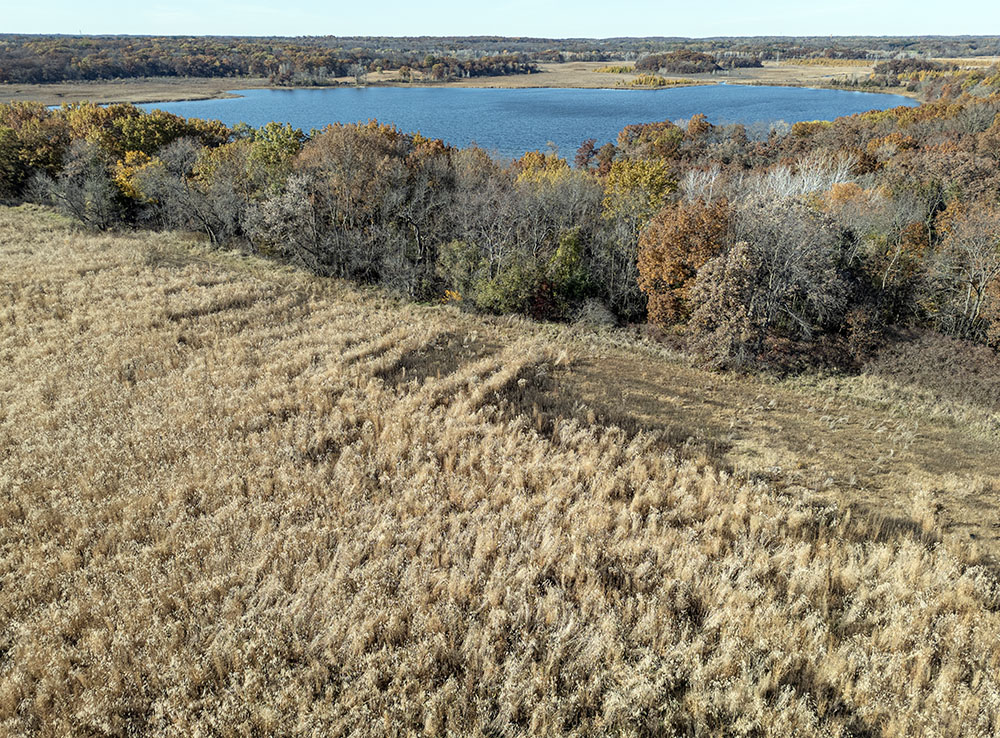
Throughout 2023, the crew removed woody, invasive plants in savanna and oak areas. Additionally, they interseeded in lower diversity plantings and old field areas. In 2024, the crew continued woody and herbaceous invasives control. Afterwards, the crew conducted a prescribed burn, and continued planting maintenance.
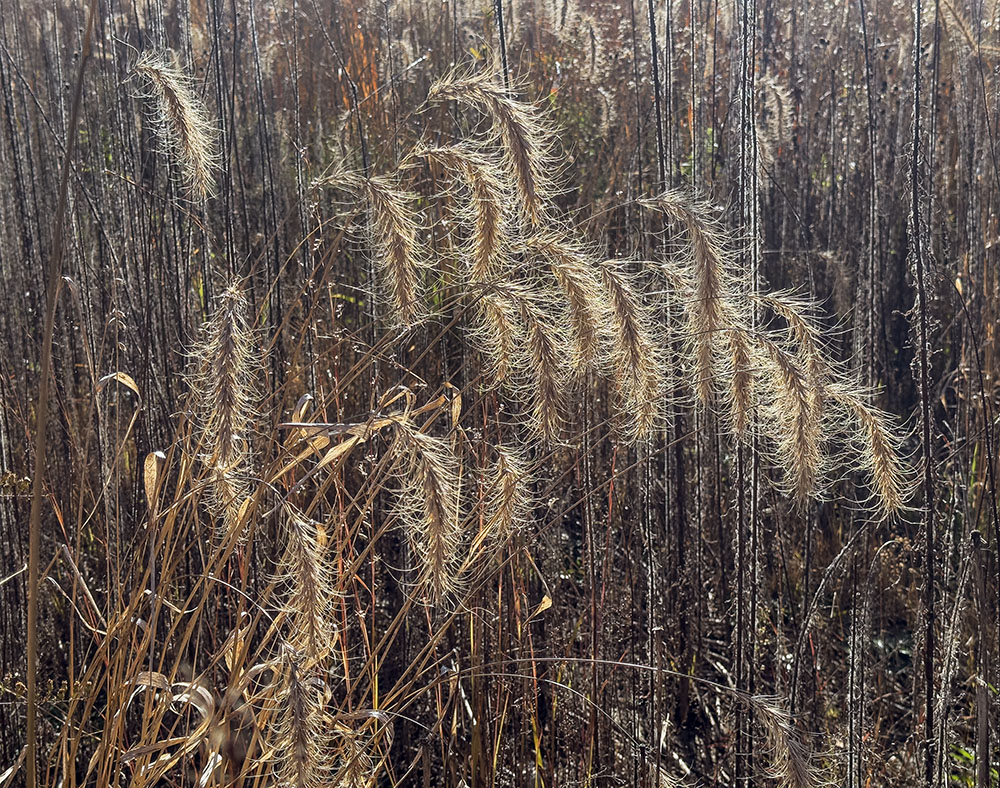

Enhancing habitat for critical grassland bird species
As one of our priority SNAs, NRF continues to support the DNR’s restoration work at Lulu Lake. In 2023, with support from several NRF grants, 17 acres of forest were successfully mowed. This helped control invasive brush and improve the grassland. During the 2024 growing season, the crew has been applying selective herbicides across 35 acres to provide long-term control of invasive brush. Eight more acres of forestry mowing will take place as well as the removal of any undesirable trees that are too large for forestry mowing.
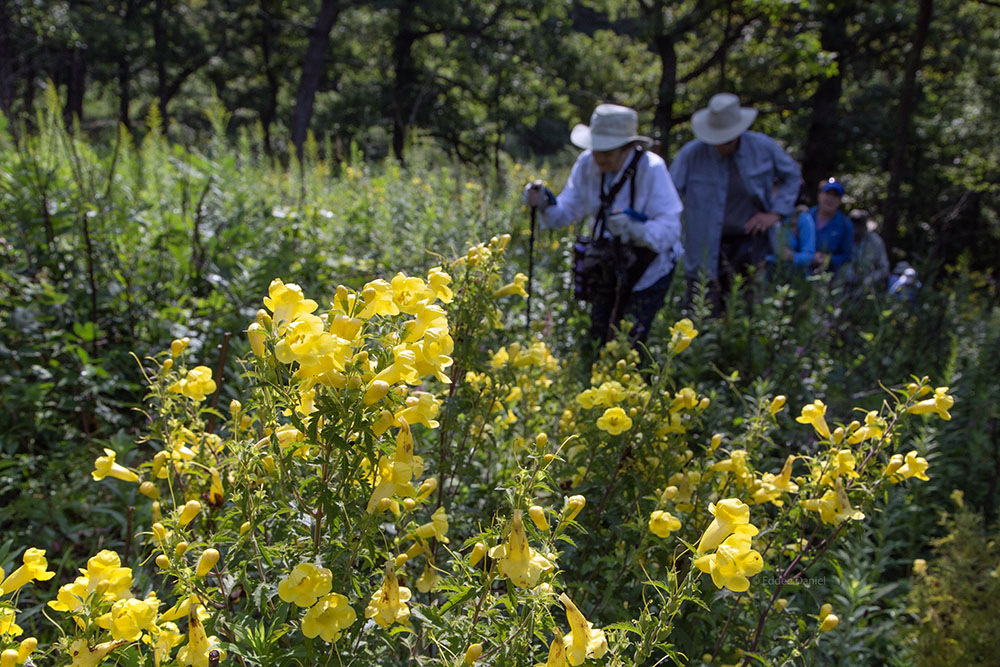
Bird surveys and habitat assessment revealed some areas were too overgrown with brush to support the rare birds in adjacent fields. These restoration efforts have helped restore the grasslands at Lulu, making the area more suitable for grassland birds, the fastest declining bird group in Wisconsin. Lulu Lake is home to around 350 acres of open lands such as old fields and restored native prairies many grassland birds require for habitat. Birds using the site include Eastern Meadowlark, Henslow’s Sparrow, Field Sparrow, Northern Harrier, Horned Lark, Dickcissel, cuckoos and other species greatly in need of conservation.
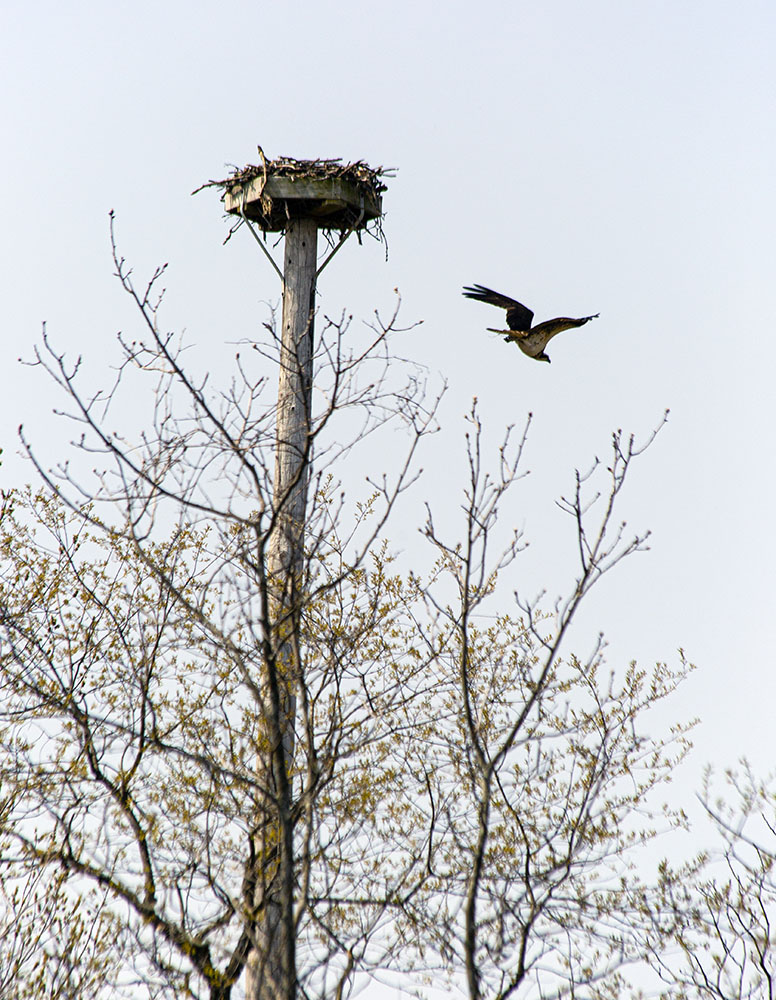

The Cherish Wisconsin Outdoors Fund
The Cherish Wisconsin Outdoors Fund is a public-private partnership between the Natural Resources Foundation of Wisconsin and the Wisconsin Department of Natural Resources. Founded in 2012, this fund helps create permanent support for the care and management of lands and waters loved by hikers, birders, hunters, and anglers alike.
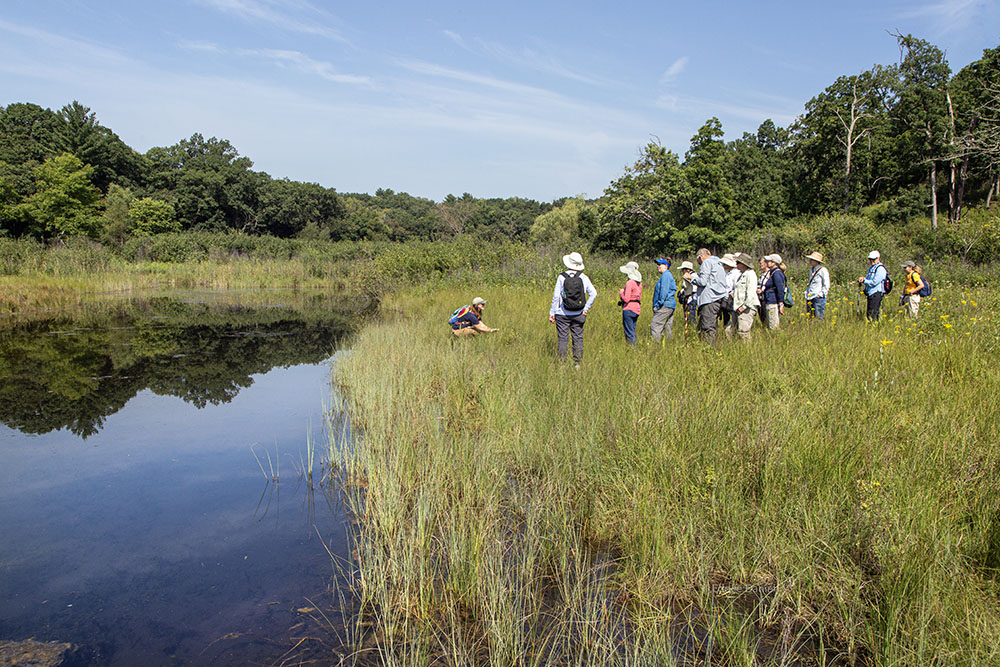
This endowment provides a permanent source of funding to care for Wisconsin’s public lands for generations to come. The fund improves habitat for Wisconsin’s plants and animals. Furthermore, it is an opportunity for citizens to invest in the public lands and waters where they recreate. The Cherish Fund is built through voluntary contributions from citizens when they purchase their hunting and fishing licenses or when they make a donation directly to the Fund.
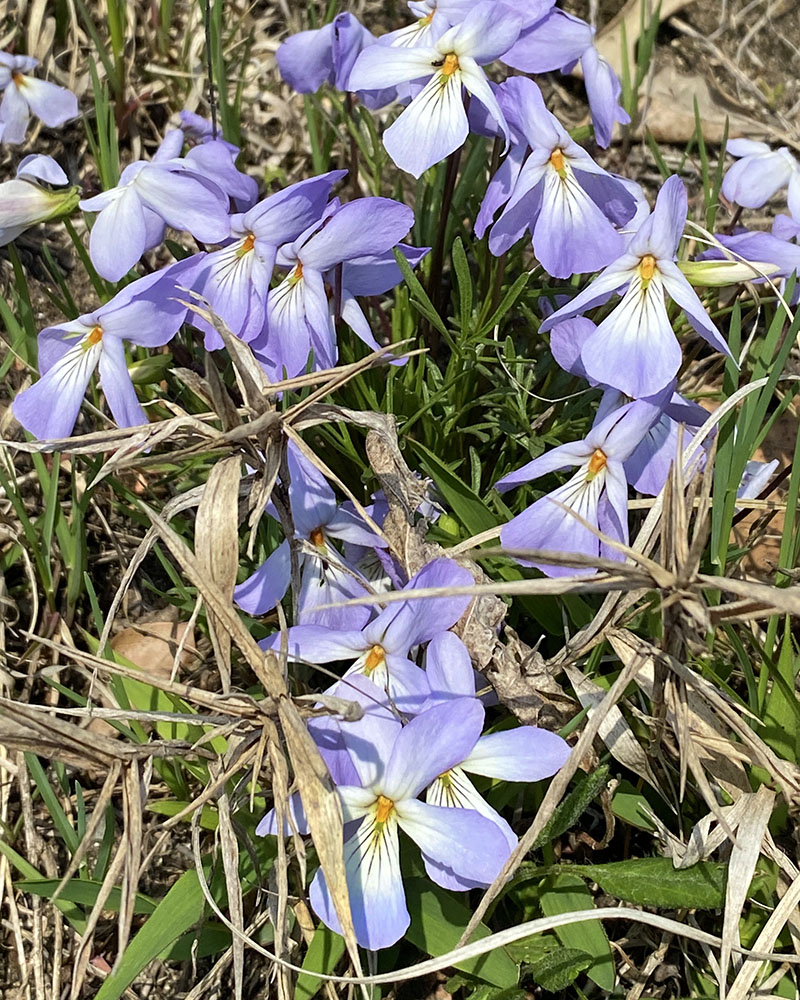
By donating to the Cherish Wisconsin Outdoors Fund, you help secure the future for Wisconsin’s public lands and waters. Your support guarantees that future generations have the opportunity to hunt, fish, bike, bird, and enjoy Wisconsin’s 1.5 million acres of public lands and waters.

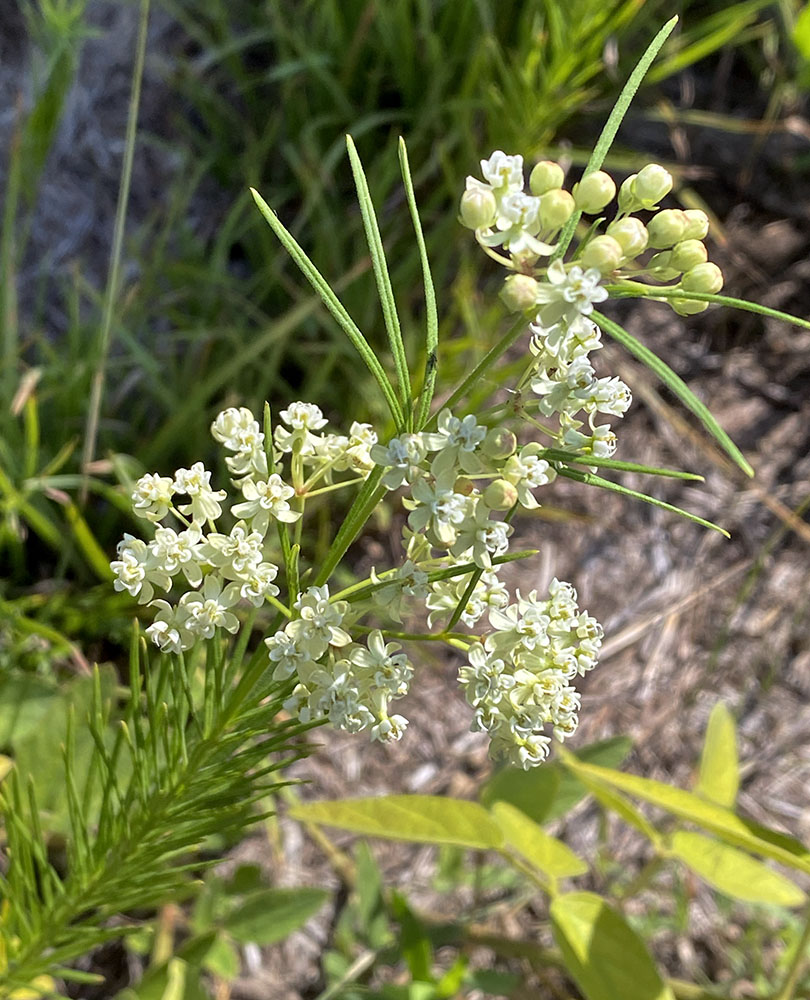
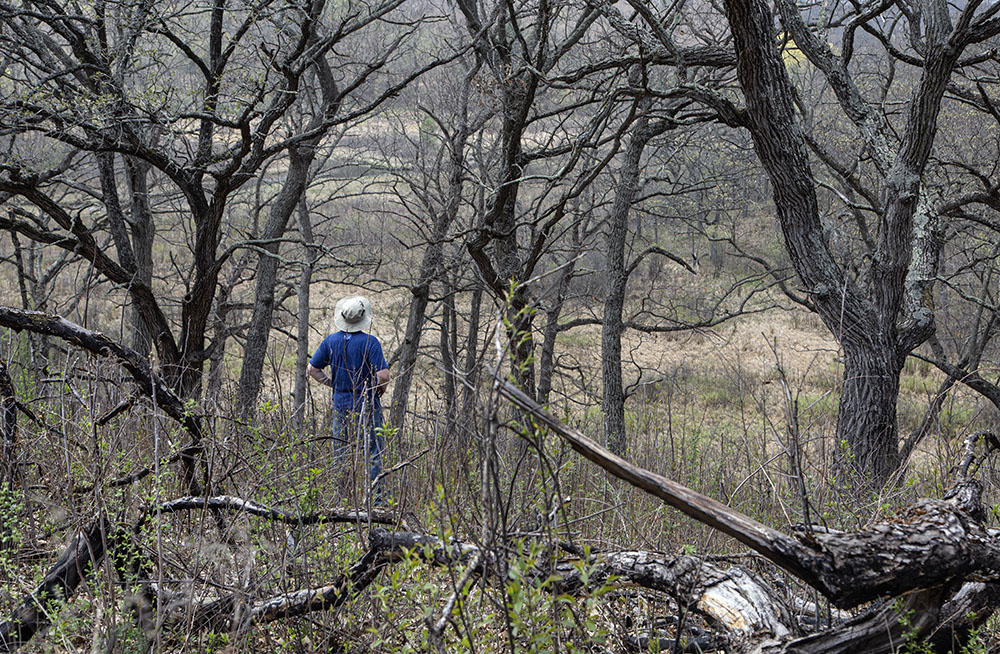
For more information and additional photos go to our Lulu Lake State Natural Area Find-a-Park page.
Related stories:
Touring restoration sites on the Milwaukee River in Ozaukee County
Young Prairie: Restoration and Recreation
The Seed Idea: Smolenski Park Prairie Restoration
Badertscher Preserve: The Prairie Enthusiasts aid with restoration efforts
Chiwaukee Prairie: If you restore it they will come
This story was originally published in the Natural Resources Foundation of Wisconsin blog on Oct. 14, 2024. It is being reprinted with permission.
Emma Schatz is Digital Communications Coordinator for Natural Resources Foundation of Wisconsin. Eddee Daniel is a board member of Preserve Our Parks and a member of both NRF and Schlitz Audubon Nature Center. Both are project partners of A Wealth of Nature.
One thought on "Restoring Lulu Lake State Natural Area’s Cherished Ecosystems"
Comments are closed.


Lulu Lake has always been one of my favorite kayaking lake close to Milwaukee because of it’s unspoiled shore line!